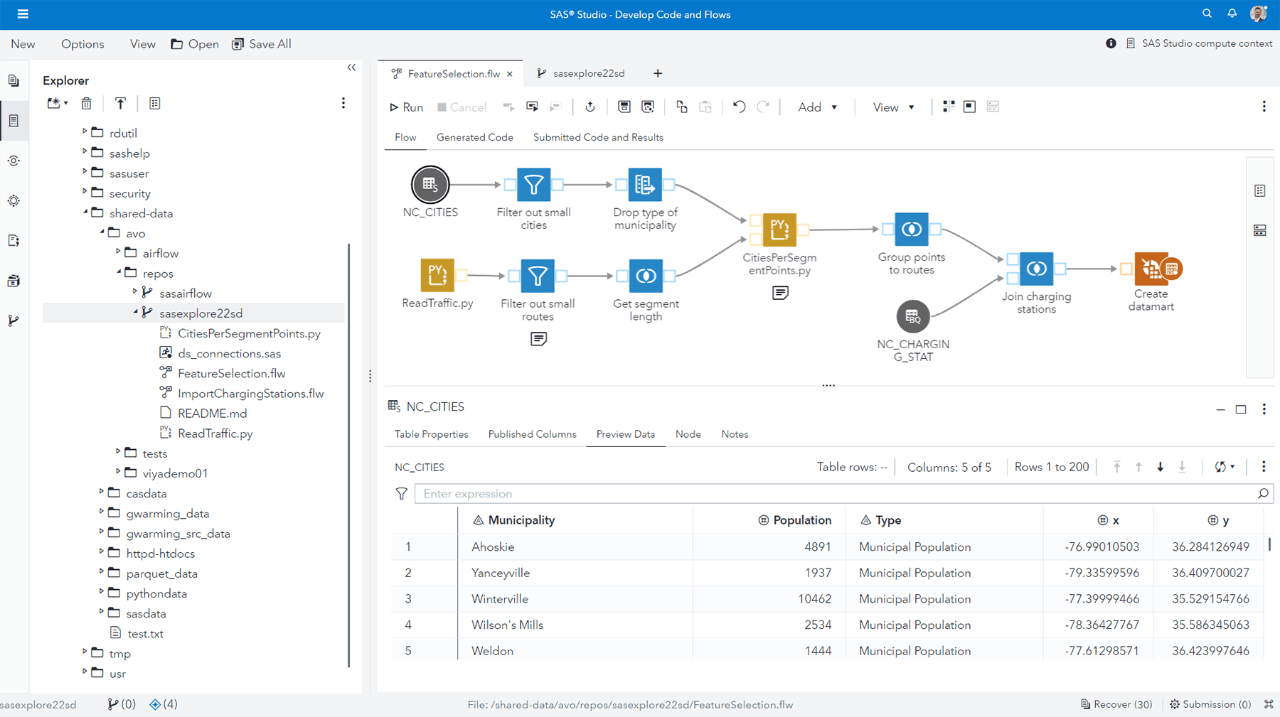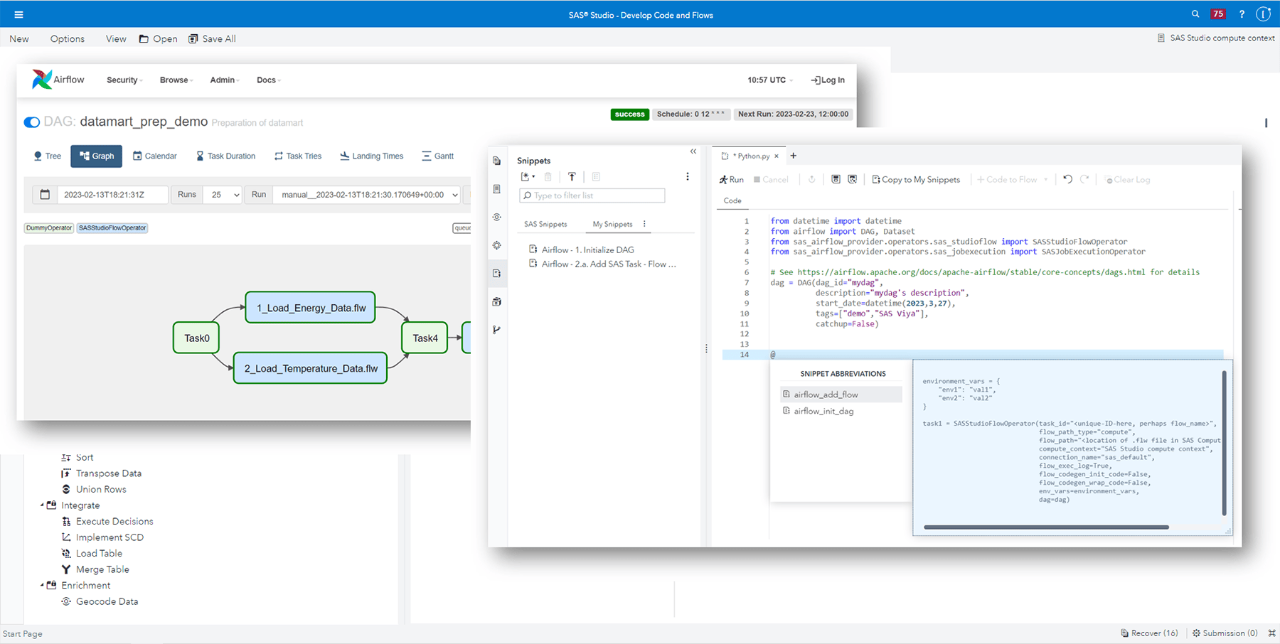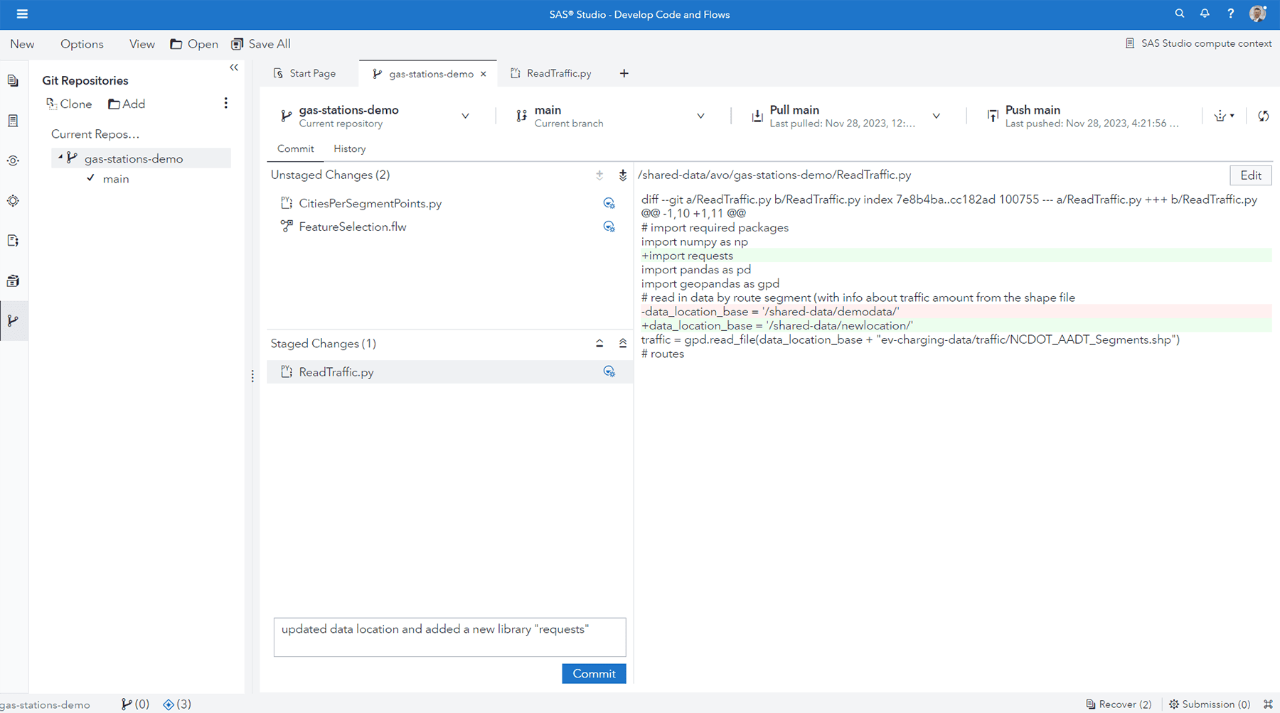SAS has been around since 1976 - longer than most programming languages and definitely longer than your patience when you're trying to install it. Developed by SAS Institute Inc., it's the tool that pharma companies use because the FDA requires it, and what government agencies use because they've been using it since Reagan was president.
Core Functionality
The SAS programming language is weird as hell but actually powerful. If you're coming from Python or R, it'll make you question your life choices:
- Data Access: It can read anything - CSV files, Oracle databases, Excel spreadsheets that some analyst emailed you at 4:59 PM on Friday. The syntax looks like it was designed by someone who hated programmers, but it works.
- Data Transformation: The `DATA` step is actually brilliant once you get past the semicolons everywhere. You can manipulate data in ways that make pandas users weep with envy.
- Statistical Analysis: Over 400 built-in procedures that have been tested by millions of frustrated grad students. `PROC FREQ` becomes your best friend.
- Report Generation: ODS output that looks like it's from 1995, but at least it's consistent and the FDA accepts it.
Development Environment

SAS Studio is their attempt to make 1985 software look modern. It's like putting a spoiler on a Buick - technically an improvement, but you're still driving a Buick. The web interface means you don't have to install the full SAS behemoth on your laptop, which is honestly a blessing because that installation process will destroy your will to live.

Enterprise Integration
They've bolted on Hadoop support and created SASPy to let Python developers access SAS without learning the actual syntax. It's like having a translator for a dead language - helpful but you're still dealing with a dead language. The SAS/ACCESS interfaces connect to virtually every database known to humanity.
Why It Still Exists in 2025
SAS survives because once you're in, you're trapped. Every pharmaceutical company uses it for FDA submissions, every bank has legacy risk models built in SAS, and every government agency has been using it since before anyone knew what Python was. Migrating away costs more than most companies' annual revenue, so they just keep paying the licensing fees and hiring people who know PROC SQL.
But how does SAS actually stack up against the alternatives everyone's talking about? Here's what this actually costs you.

